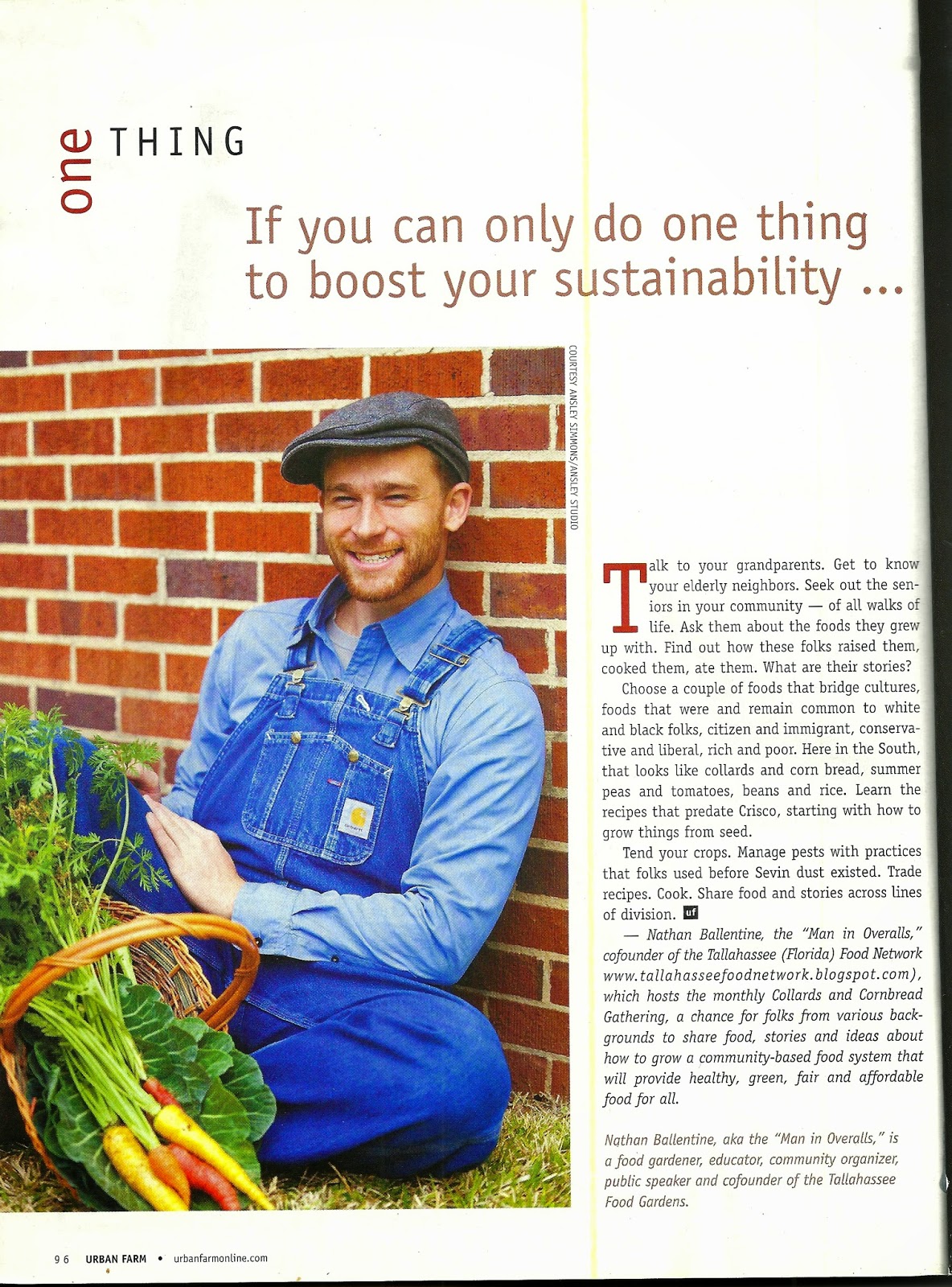Hey there good folks,
I've got a quick little story for you and a couple of pointers as you begin your summer garden.
1.) Story: A Hidden Garden
Last week, Sundiata Ameh-El, co-coordinator of iGrow and I were installing raised beds around town together. Because we were in the area and because my father had told me about it, we swung by for a look at an unlikely farm. It's hidden behind a Tallahassee shopping center, behind a hedge on a steep hillside above a storm drain. It's absolutely gorgeous, everything a mini farm should be, and it's maintained by a gentleman from China who doesn't speak any English. (To protect his privacy, I'm being intentionally vague about his farm's location.)
Aside from the beautiful produce, the most impressive aspect in my opinion was the terracing itself. I've always wondered how indigenous peoples the world over have farmed on hillsides without loosing their beds to the first rain. Take a look.
Notice that there is a storm drain (aka the pathway) that's dug into the hill above the bed to divert water around. Wow, I thought, a subsistence Chinese farmer right here in Talahassee who's relocated following family, and has found a place to plant once more. Well, not quite: after a failed attempt to communicate directly, Sundiata was able to locate his daughter who is bilingual. As it turns out, the man was a banker in China, and these days, "Was bored and wanted something to do." His daughter told us, "He is out here every day gardening, but we don't know what we're doing." She communicated her father's frustration with fava beans and cabbages that took too long to grow; she shared about chinese lettuce varieties that don't suffer from pest problems like our own. Sundiata asked questions about their methods of composting and shared his own practices... and so it turned into an agricultural exchange.
2.) Food Garden Tips
It's spring planting time! Tomatoes, peppers, cucumbers, bush beans, squash, zucchini, watermelon, and all that other good stuff. See the attached "What Can You Grow in a Square" resource for specifics on planting including how much space things need, what to plant when, and a cool planting grid to plan your garden. Also attached is my "Food Gardening 101" that covers the basic 10 steps to go from grass to garden. -- If you're planting in a raised bed, the best/easiest way to maintain fertility is to top it off with mushroom compost. (Just fill it back up). If things grew well last spring, but didn't produce quite like how you'd want, you could add a little greensand or granite dust (say, 5lbs per 20square feet) to up the potassium and micro-nutrients that get overlooked. -- Last tip: Okra and sweet potatoes love the heat, so wait until May/June to plant them, preferably, plant them on the heals of an early spring crop like sweet corn or bush beans (i.e., after you grow and harvest the early crop, topdress with a little more compost, then plant your okra).
Happy planting,
Nathan, the Man in Overalls
PS- I was recently published in Urban Farm Magazine's "One Thing" column of their Spring 2013 issue. Check it out. And check them out. Great magazine.




